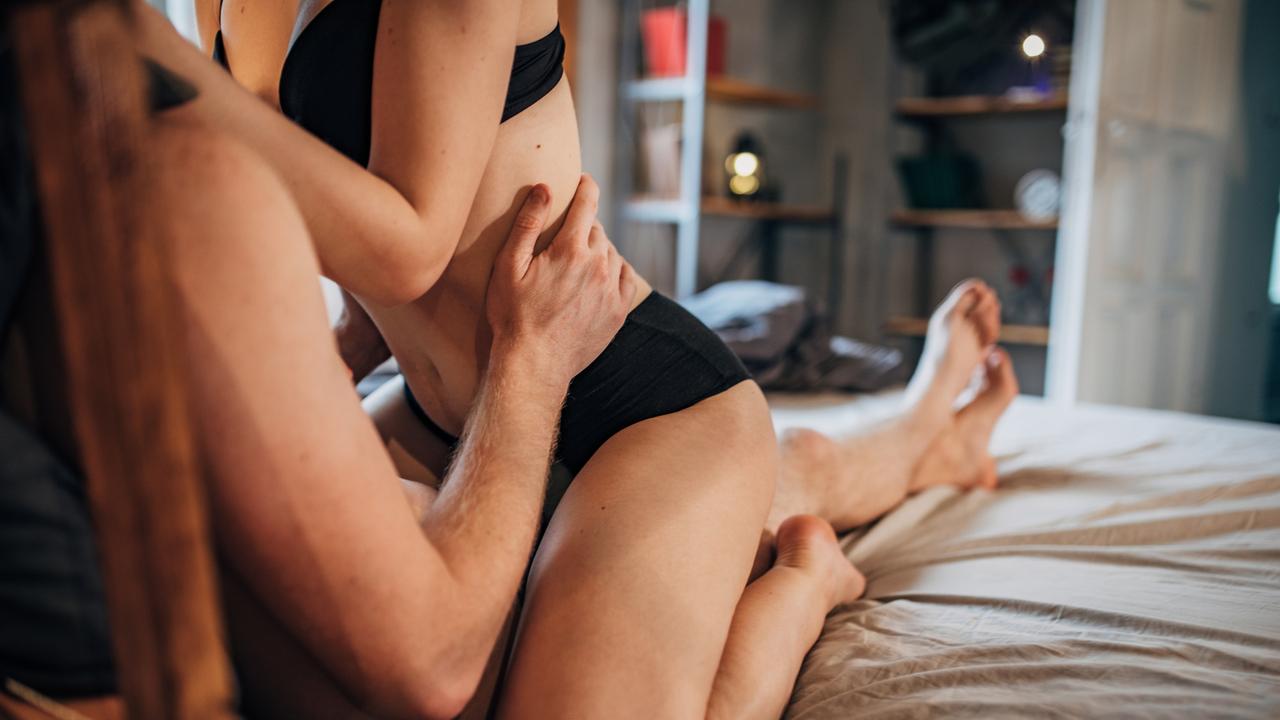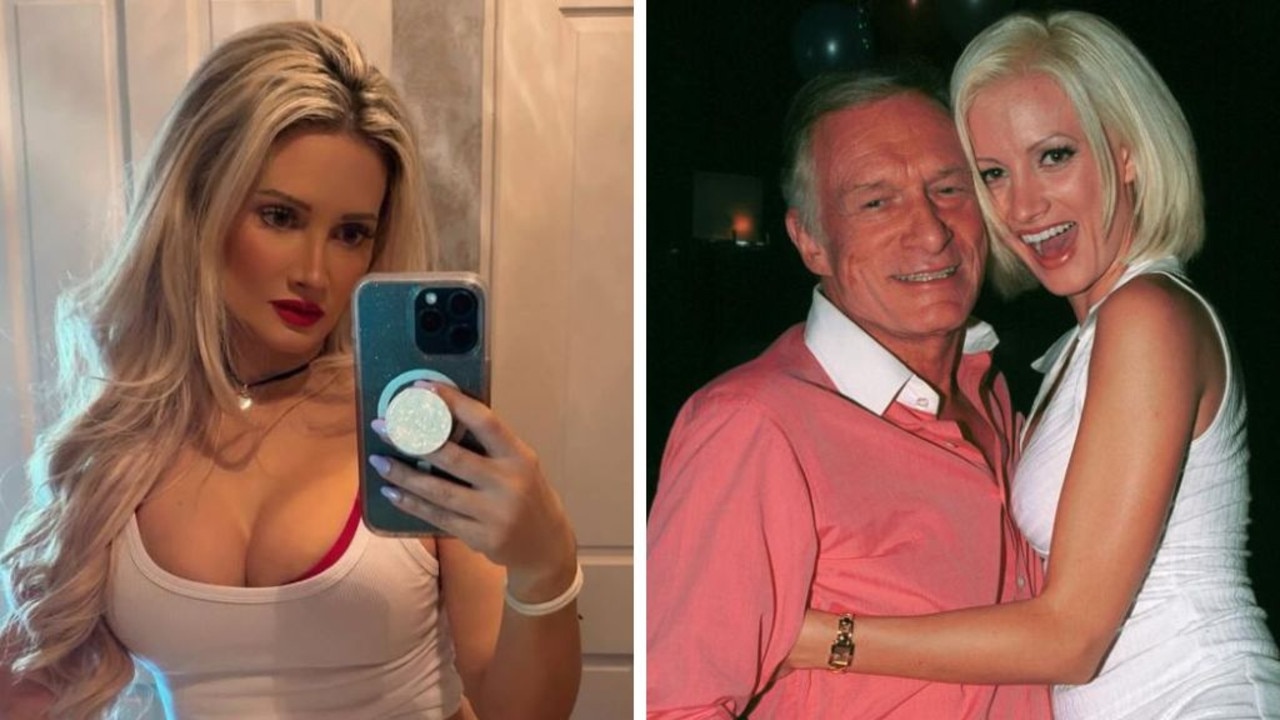Nadia Bokody: Most women are gayer than they think’
It’s the question men want answered, but one technique is so shrouded in shame women are afraid to admit it works says Nadia Bokody.
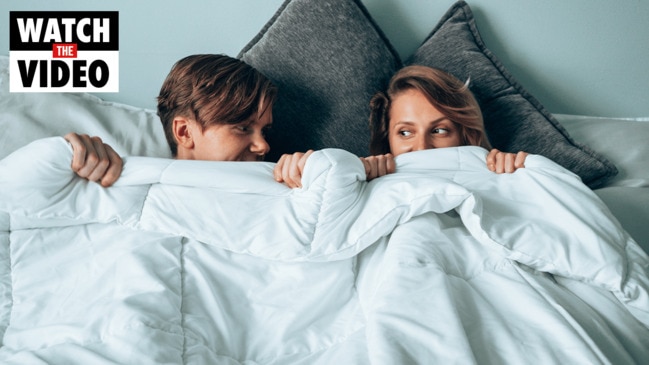
A couple of weeks ago, a close friend dropped a truth bomb on me.
It came via a conversation over text message, during which, she let it slip she’d been covertly seeing someone new.
They’d met on Tinder a couple of months ago, she’d informed me, and, after a week or two of DM’ing and an in-person meeting, had started sleeping together and hanging out.
“I guess you could say I have a crush,” she’d admitted.
“Then...why all the secrecy? Who is he?” I’d asked, confused.
“It’s not a he. It’s a she,” came her response.
“I must admit, women are so much less selfish in bed. The sex is a lot more sensual, I’m really enjoying it,” she’d continued, adding, “It doesn’t mean anything, though. I’m still straight.”
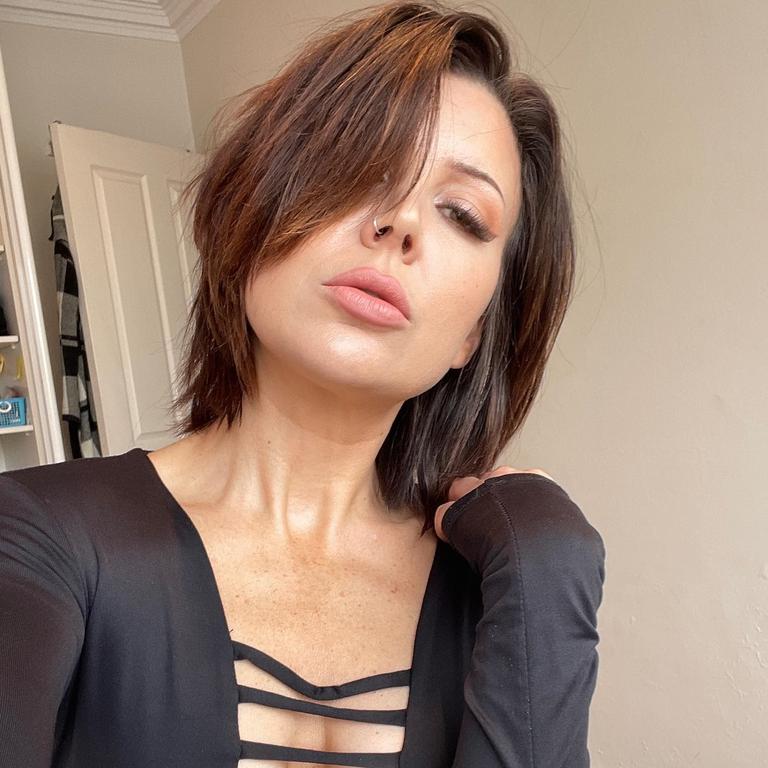
Her last three words hung over me like a thick fog for the rest of the day.
As someone who enjoyed the luxury of straight privilege for most of my life via presenting traditionally femme and dating men (and writing a humble little column on the internet about it), I never felt called to clarify my sexual identity, nor had it challenged, judged, or minimised – till a few years ago, when I briefly dated a woman.
At the time, I told friends I was bisexual. Though, after I ended up in another serious relationship with a man, it was quickly forgotten, much like the awkward bangs that took up real estate on my forehead for most of my early twenties.
Even still, that ephemeral romance had scratched open a truth inside me, and it continued to bring it into focus, until I was no longer able to deny the fact that I was – am – gay.
That’s the thing about heteronormative culture; it takes roots in our lives that grow into branches which weave themselves around us so insidiously, we can’t see the forest we’re walking through.
Instead of recognising what’s around us, compulsory heterosexuality (the idea of presenting straightness as a kind of “default setting”) teaches women to view ourselves through the lens of the male gaze. To identify as anything outside of this, and rebel against the idea that appeasing men is the price we pay for admission into the world as women, is to threaten the entire ecosystem of the forest.
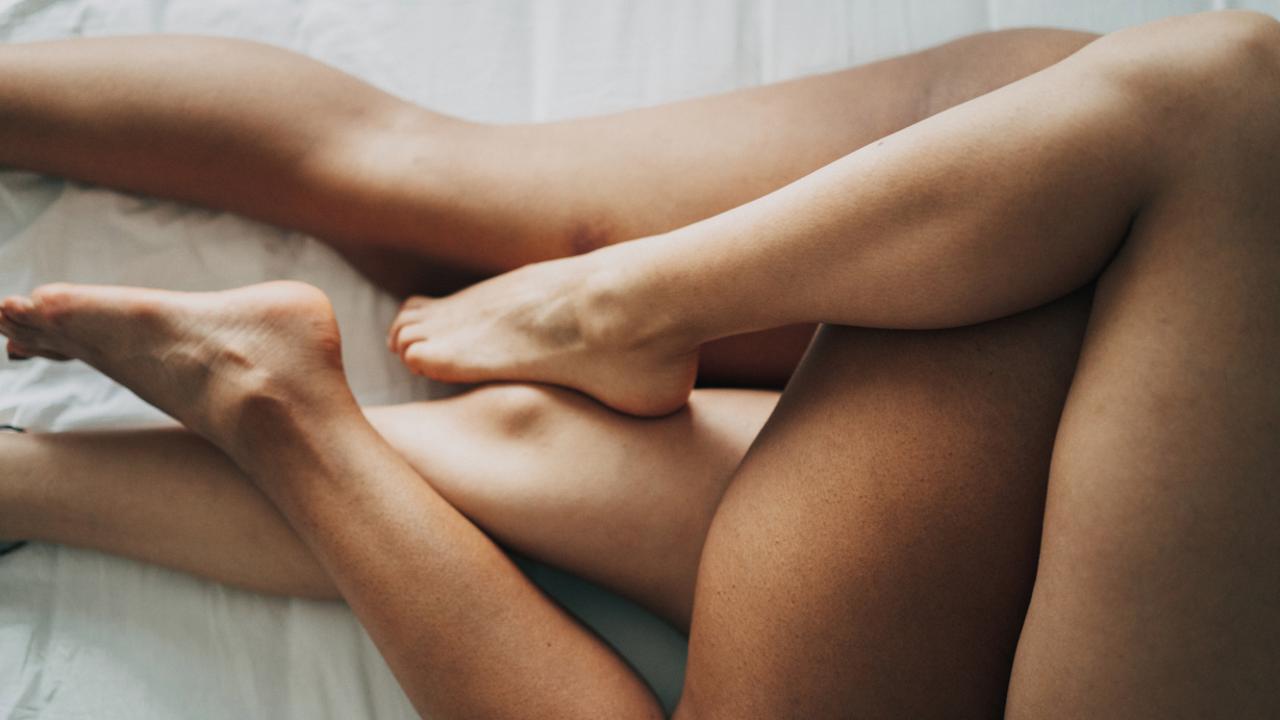
Queer women and femme-identifying people face disproportionate discrimination and violence as a result of this, and are additionally far more likely to have our relationships stigmatised, fetishised, and delegitimised.
Since my own coming out, barely a day has passed when I haven’t opened social media to see a comment suggesting my queerness is a performance, a cry for attention from men, or a reaction to not being able to find “a good man”. I’ve found myself on the receiving end of these comments in real-life, too, by well-meaning strangers and peers alike.
The reality is, heteronormativity doesn’t just inhibit women’s ability to see the world around us clearly, it thwarts us from truly thriving in it.
And I say this not just because of the prejudice gay women face, but because of the conditioning that holds all women back from fully embracing their own queerness.
Though it’s rarely discussed, research has long suggested very few women are actually straight, at least, not as far as the traditional definition of heterosexuality is concerned. (It could also be argued – and it has been, by numerous academics and authors on the subject – that sexual identity is a social construct, because sexuality is far more complex and nuanced than something we can neatly pack into a box and slap a label on.)

A 2018 study published in the journal, Social Forces, seems to confirm this. It found internalised homophobia – NOT sexual attraction – was the most accurate predictor of straight identification across people of all age groups and genders.
Interestingly though, research suggests while men’s brains routinely respond to erotic stimuli in alignment with the sexual orientation they self-identify as, this is rarely the case for women.
“Based on the responses from volunteers in sexual arousal research, women are, on average, sexually aroused to both male and female sexual stimuli, regardless of their sexual orientation,” UK researchers explain in the paper, Sexual Arousal and Masculinity-Femininity of Women.
In fact, in experiments where women are asked to watch lesbian porn and report on their experience of it, whilst also having their genital response measured separately, straight-identifying women tend to report nonchalance or disinterest even when their physical responses show marked arousal.
This may be because we still live in a culture that not only presents straightness to us as compulsory, but specifically penalises women who openly flout its conventions.
I don’t think it’s a coincidence that, according to Pew Research Centre, on average, gay men come out years earlier than their female counterparts, and are far less likely to have engaged in opposite gender relationships first – considering we exist in a world that conditions women to aspire to male approval.
This all isn’t to say participating in a same-sex encounter, or even merely experiencing desire for the same gender requires labelling. I’m personally heartened to see the new generation of young adults exhibiting more openness to experimenting with gender and sexuality than ever before on account of greater social acceptance of queerness.
I’m also not advocating to “turn” women gay (a real and bizarre argument someone wields at me at least once a week online).
However, I do dream of a world in which women who’ve moved beyond the realm of peering between the branches of heteronormativity and into ongoing, fulfilling sexual and emotional connections with other women aren’t afraid to abandon the forest altogether, and forge a new path for themselves.
Follow Nadia Bokody on Instagram and YouTube for more sex, relationship and mental health content.





